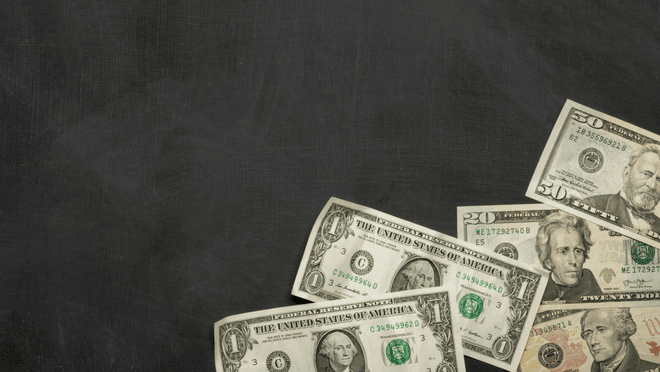Editorial Note: We earn a commission from partner links on Doughroller. Commissions do not affect our authors’ or editors’ opinions or evaluations. Learn more here.
This past weekend I set up direct deposit for a business payment I receive each month. The vendor required just three pieces of information: (1) the name of my bank, (2) my account number, and (3) the bank’s ABA Routing number.
What is an ABA Routing Number?
An ABA routing number is a unique, nine digit number that identifies a bank in the United States. Think of it as a bank’s social security number. No two routing numbers are the same.
There are several situations when knowing your bank’s routing number is really important. For example, it’s required to setup direct deposit of a paycheck or government benefits check to your checking account. That’s perhaps the most common reason to need your bank routing number.
But there are many others:
- To set up direct deposit of your tax refund;
- To set up transfers between a checking account and your online high interest bank accounts;
- To set up transfers to investment accounts at companies like Fidelity or Betterment;
- To set up transfers to peer-to-peer accounts you may have, like LendingClub or Prosper;
- To set up direct deposit to a prepaid card.
Note that for prepaid cards, you’ll likely need to call the issuing company to obtain both the ABA routing number and the bank account number, as neither will appear on the card itself. Some prepaid companies provide this information when you apply for the prepaid debit card.
How Do You Find Your ABA Routing Number?
So when you need the routing number, how do you find it? With a checking account, it’s very easy.
You may have noticed the many digits running along the bottom of your check. Generally, the first nine digits are the ABA Bank Routing Number. This number is specific to banks or financial institutions in the United States. These routing numbers are a simple way of determining where an account is held.
For you history buffs, in 1911, the American Bankers Association (ABA) began using bank routing numbers. Currently, there are close to 27,000 bank routing numbers throughout the United States and its territories. Though some banks have multiple routing numbers, if multiple routing numbers result from mergers, the ABA requires that the bank change to one routing number per state within 18 months.
What if you don’t have a check?
If you do not have checks, finding your bank routing number is still easy. Almost all banks publish their routing numbers for each state (or each region within a state, if applicable) on their websites. Additionally, you can also find a financial institution’s routing number on the national registrar, which is currently called Lexis Nexis.
Since bank routing numbers are public, your bank routing number does not need to be kept private. Anyone who knows your bank’s name and the state in which you have the account can easily find your bank routing number, yet the bank routing number does not provide them with any access to or information about your specific account.
And you can always just call your bank for the routing number.


